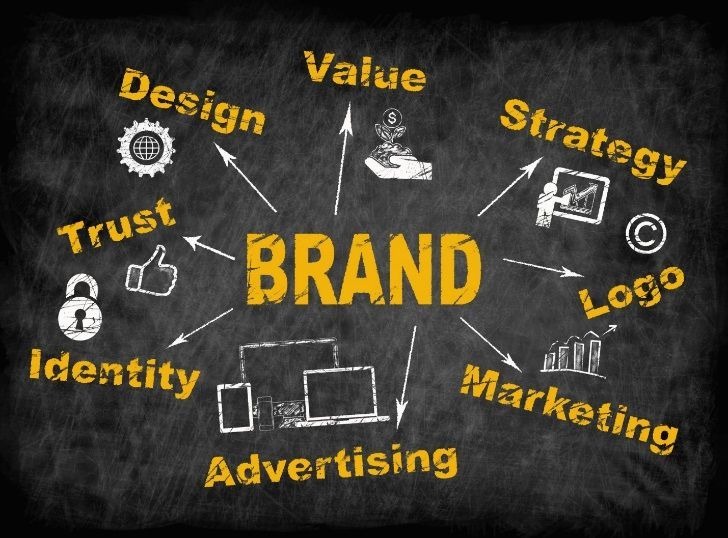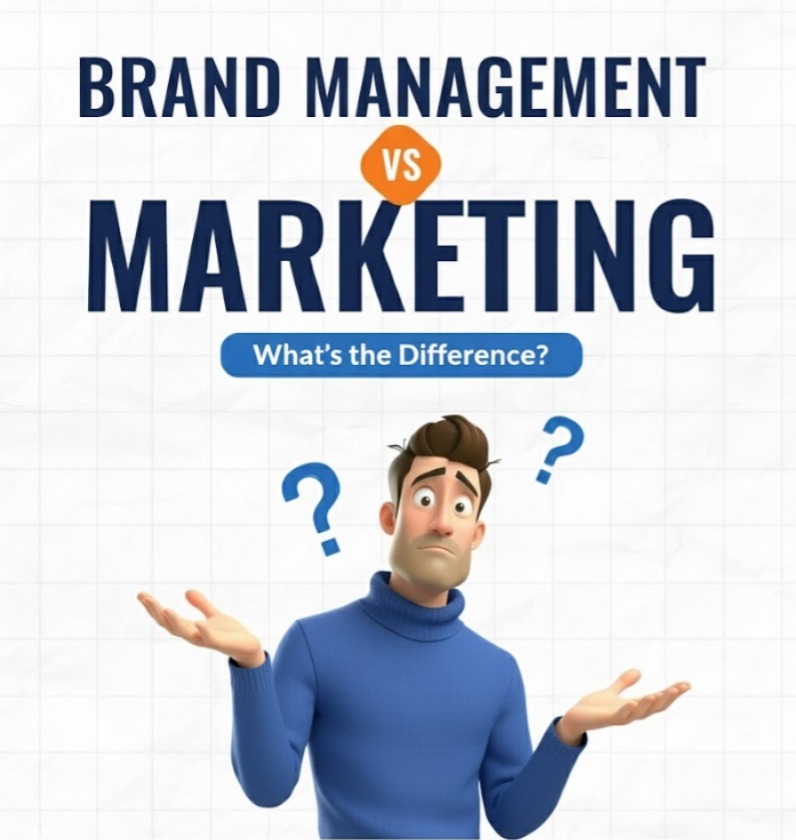
In today’s hyper-competitive marketplace, a brand isn’t just a logo or tagline it’s an experience, an emotion, and a promise. Companies that master brand management don’t just sell products; they build lasting relationships that fuel customer loyalty and long-term success.
Let’s explore what brand management is, how it works, its key benefits, and real-world examples of companies that do it best.
Brand management is a strategic marketing function focused on building and maintaining a brand’s value over time. It aims to enhance brand equity and the level of recognition, trust, and loyalty customers associate with a product or company.
When executed effectively, brand management boosts perceived value, fosters trust, and allows businesses to command premium prices. Global icons like Coca-Cola, Nike, and Apple prove that well-managed brands not only capture hearts but also drive consistent financial success.
Brands play a major role in shaping how customers interact with a business. A well-managed brand increases visibility, builds trust, and gives companies a competitive edge.
The process involves:
Famous brands like Disney, Microsoft, and McDonald’s showcase how continuous innovation and consistent storytelling can sustain strong global identities for decades.
In crowded markets like the 265,000+ full-service restaurants in the U.S. (as of 2022) brand management helps businesses stand out. It establishes a unique brand identity that customers can easily recognize and trust.
When internal teams embody the brand’s mission and values, they become brand ambassadors. This internal alignment drives consistent messaging and better customer experiences.
Loyal customers are repeat buyers. A strong brand fosters emotional connections, increasing not just sales volume but also long-term value per customer.
Brands with strong reputations like Apple can charge higher prices because consumers associate them with quality, innovation, and trust.
In challenging times, loyal customers stick with brands they trust, giving businesses resilience during market downturns.
While brand management may seem complex, these simple strategies make it effective and sustainable:
Define your mission statement, logo, target audience, and vision. These fundamentals set the tone for every brand communication and decision.
Brands that tell authentic, emotional stories connect deeply with audiences. Think of Coca-Cola’s “Share a Coke” campaign as an emotional trigger that humanized a global brand.
Modern brand management relies heavily on digital platforms. Consistency across social media, websites, and advertising ensures cohesive communication and strong brand recall.
Tone, language, and visual identity must remain consistent across all marketing materials. Whether it’s a Facebook post or a billboard, the audience should instantly recognize your brand’s voice.
To avoid confusion, establish rules for design, language, and tone. Restrict the use of fonts, images, and colors to maintain brand uniformity across teams and campaigns.
Recognition forms the foundation of brand management. Consumers must be able to recall and associate positive emotions with your brand. For new brands, this involves heavy marketing investment; for established ones, it means maintaining familiarity.
Brand equity represents the commercial value of your brand’s reputation. It’s built through positive customer experiences, trust, and long-term consistency. For instance, Powerade’s association with sports leagues enhances its equity over generic competitors.
The ultimate goal of brand management is loyalty. Loyal customers are emotionally connected to a brand and resist switching, even when faced with cheaper alternatives.
Companies build loyalty by consistently meeting expectations, delivering excellent customer service, and innovating to meet evolving needs.

While brand management and marketing overlap, they serve distinct purposes:
| Aspect | Marketing | Brand Management |
| Focus | Broad (includes promotions, campaigns, and sales) | Specific (focuses on shaping brand perception) |
| Objective | Drive awareness and sales | Build long-term brand value |
| Timing | Leads initial market entry | Sustains and refines brand over time |
| Scope | External communications | Internal alignment and strategy |
In short: marketing attracts customers, while brand management retains them.
A brand manager oversees both the tangible and intangible elements of a brand.
Tangible aspects: logo, design, color palette, packaging, and pricing.
Intangible aspects: customer perceptions, emotional associations, and overall brand experience.
A skilled brand manager measures how consumers perceive the brand and adapts strategies to strengthen brand equity, ensuring customers see added value in paying a premium for it.
Innovation is the heartbeat of brand growth. Successful brand managers continually look for creative ways to:
Innovation keeps brands relevant and ensures longevity in rapidly changing markets.
Here’s a tailored section you can insert into your blog that highlights how Kerplunk Media (Chennai & Pondicherry) exemplifies modern brand-management and marketing excellence — you can place it under a sub-heading like “From Strategy to Execution: A Real-Life Agency in Action”.
Real-Life Spotlight: Kerplunk Media | Brand Management & Digital Marketing in Practice
Based out of Chennai (and Pondicherry) and serving a diverse client base across restaurants, pubs, real estate, hospitality, e-commerce and more, Kerplunk Media brings together branding, digital marketing and content creation under one roof. (Kerplunk Media)
Here’s how they demonstrate the core elements of effective brand-management:
Why this matters for brand-management
How you could tie it into your broader blog
Managing a brand takes ongoing work. It’s a journey that never really ends.By aligning brand identity, storytelling, innovation, and customer experience, companies can build trust, recognition, and loyalty that stand the test of time.
In a world where consumer choices are endless, brand management ensures your business remains memorable, meaningful, and market-leading.
Frequently Asked Questions (FAQs)
It’s the process of defining and enforcing how a brand communicates with its audience—through visuals, tone, messaging, and behavior.
It builds trust, loyalty, and emotional connections that translate into consistent revenue and long-term business success.
To create a strong, positive, and lasting perception of a company or product in consumers’ minds.